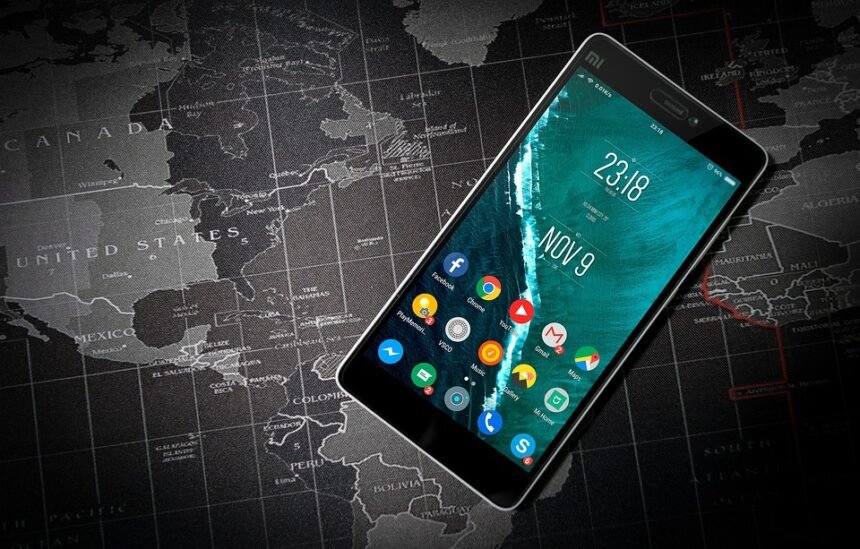The global workplace has undergone a seismic shift over the past few years, propelled by advances in technology and the unprecedented challenges posed by the COVID-19 pandemic. The concept of work has evolved from the traditional nine-to-five office setting to a dynamic model that emphasizes flexibility and adaptability. Companies and employees alike are navigating this transition, leading to the emergence of a new paradigm: work from anywhere (WFA).
The Catalyst for Change
The pandemic served as a crucible for change, forcing businesses to reevaluate long-held practices. Remote work, once viewed by some employers as a privilege rather than a norm, became an essential strategy to ensure business continuity. Organizations quickly adapted to virtual collaborations, and employees discovered opportunities for better work-life balance. According to a McKinsey survey, 58% of employees reported the desire to work remotely at least part-time even after the pandemic recedes. This shift in sentiment underscores a fundamental change in how work is perceived and executed.
Embracing Flexibility
Flexibility in where and when work is done has become a critical benefit for employees. In the traditional office model, work was often confined to specific hours and locations. The work-from-anywhere approach allows individuals to create their own schedules, leading to increased productivity and job satisfaction. With the rise of digital collaboration tools, teams can communicate and collaborate seamlessly regardless of their geographic location. Software such as Slack, Microsoft Teams, and Zoom have become essential components of the modern workplace, enabling real-time communication and project management.
The Rise of Hybrid Work Models
As organizations shift towards more flexible models, the hybrid work structure has gained prominence. Defined as a blend of in-office and remote work, hybrid setups allow employees the best of both worlds: the collaboration benefits of in-person interaction and the autonomy of remote work. Companies like Salesforce and Google have adopted this model, recognizing its potential to enhance employee satisfaction and attract top talent.
However, while hybrid models offer benefits, they also present challenges. Organizations must navigate the complexities of workforce management, ensuring equitable access to resources and support for both remote and in-office employees. The need for clear communication protocols and a cohesive company culture has never been more critical. It is essential to foster inclusivity, ensuring that all employees feel respected and valued, regardless of their chosen work arrangement.
Technology: The Enabler of Transformation
Technology is at the heart of this transformation, serving as the backbone for remote work. Cloud computing, cybersecurity, and mobile applications have revolutionized how work is done. Employees can now access files and collaborate on projects from anywhere in the world with just an internet connection. The rise of cybersecurity also highlights the importance of data protection in an increasingly virtual environment, as companies must prioritize securing sensitive information.
Moreover, the integration of artificial intelligence (AI) is reshaping workflows, streamlining processes, and facilitating better decision-making. Tools powered by AI can automate mundane tasks, allowing employees to focus on more strategic initiatives. The future workforce will likely see a symbiotic relationship between AI and human collaborators, enhancing productivity across various sectors.
The Human Element
Despite the advances in technology, the human element remains paramount in this transformation. The shift to remote work has exposed the importance of mental health and well-being in the workplace. Employees have experienced feelings of isolation, burnout, and stress from blurred boundaries between work and personal life. Employers must prioritize employee well-being by fostering a supportive culture that emphasizes mental health resources, work-life balance, and community-building initiatives.
Regular check-ins, virtual social events, and mental health days are strategies that can help maintain the social fabric of the organization and build relationships among team members. Companies that prioritize the human experience will attract and retain talent in this new era of work.
The Future of Work
As we look ahead, the future of work is likely to be hybrid, flexible, and heavily influenced by technology. Organizations will continue to adapt to the evolving needs of their workforce, tailoring policies to foster an inclusive and supportive environment. The emphasis will be on results rather than hours logged, allowing for greater autonomy in how work gets done.
What’s clear is that the office will no longer solely define the work experience. The possibilities are vast, and the future landscape of work — where office, home, and anywhere converge — holds promise for individuals and organizations alike.
Conclusion
The shift from office to anywhere signifies more than just a change in location; it represents a transformative evolution in how we approach work. While challenges remain, the resilience and adaptability demonstrated by both employers and employees offer a hopeful outlook for the future. As we embrace this new era, it is essential to prioritize connection, flexibility, and well-being to foster a thriving workforce that is equipped to navigate the complexities of the modern world. The future of work is here, and it’s not tied to a desk; it’s anywhere we choose to be.




